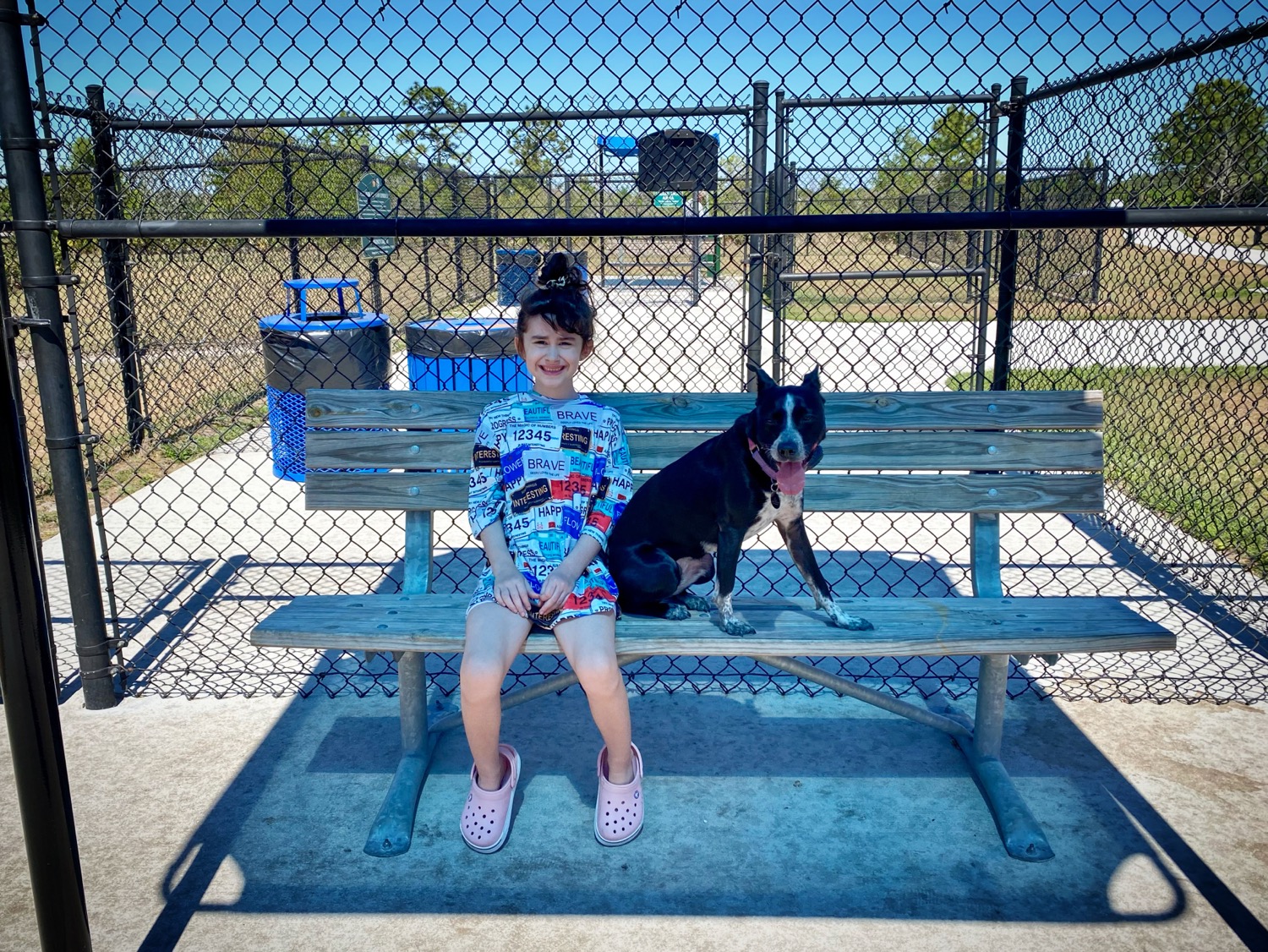The Cornerstone of Canine Training: Why Foundation Commands are Imperative
- Jason Parks
- Oct 16, 2023
- 3 min read
Introduction In the multifaceted world of dog training, amidst the nuances and advanced techniques, lies the fundamental truth: mastering the basics is paramount. Foundation commands, those basic directives every dog should know, form the bedrock of effective dog training. This article delves into the significance of these commands and provides a roadmap for instilling them effectively.
The Rationale Behind Foundation Commands
Building Blocks for Advanced Training: Just as a strong building requires a robust foundation, advanced dog training techniques rest on basic commands. These primary instructions pave the way for more complex tasks and behaviors.
Safety First: Fundamental commands, such as "stay" or "come," can be life-saving in potentially hazardous situations, ensuring the dog remains under control.
Establishing Leadership: By teaching foundational commands, dog owners establish themselves as the pack leader, creating a clear hierarchy beneficial for the dog's psychological well-being.
Enhancing Dog-Owner Bond: The process of teaching and reinforcing foundation commands fosters mutual respect and strengthens the bond between the dog and its owner.
Core Foundation Commands Every Dog Should Master
Sit: This is often the first command taught. It's a simple behavior that sets the stage for more advanced directives.
Stay: This command instills patience and control, ensuring the dog remains in a specific position until released.
Come: An essential recall command, it ensures the dog returns to its owner promptly.
Down: This directive gets the dog to lie down, offering a greater degree of control than the "sit" command.
Heel: This command ensures the dog walks alongside its owner without pulling on the leash.
Leave it/Drop it: Crucial for safety, it ensures the dog releases or refrains from picking up potentially harmful objects.
Strategies for Imparting Foundation Commands
• Positive Reinforcement: Rewarding the dog for correct behavior ensures higher retention and willingness to obey. This can be done using treats, praise, or toys.
Repetition is Key: Dogs learn through repetition. Consistently practicing commands, especially in the early stages, is crucial.
Short, Focused Training Sessions: Dogs, especially puppies, have short attention spans. It's more effective to have multiple short training sessions rather than one prolonged one.
Clear, Consistent Commands: Using the same word and tone for a specific behavior ensures clarity and prevents confusion.
Train in Diverse Environments: Once a dog has mastered a command in a quiet setting, practice in varied environments to reinforce the behavior.
Overcoming Challenges in Basic Training
Inconsistency: Ensure all family members use the same commands and reward system.
Distractions: Gradually introduce distractions, increasing their intensity as the dog becomes more proficient.
Impatience: Remember, every dog has its own learning pace. Celebrate small victories and stay patient.
Avoiding Negative Reinforcement: Punishing a dog for not following a command can instill fear and reduce its eagerness to learn. Focus on positive reinforcement.
Integrating Foundation Commands into Daily Life
Routine Incorporation: Use commands throughout the day, such as asking the dog to "sit" before mealtime or "stay" at doorways.
Interactive Play: Games like fetch can be an opportunity to practice "come" and "drop it."
Walks as Training Opportunities: Regular walks can be used to reinforce "heel," "sit" at crosswalks, and "stay" at intersections.
Advanced Benefits of Mastering Foundation Commands
Ease in Behavioral Correction: A dog familiar with basic commands is easier to guide away from undesirable behaviors.
Facilitating Social Interactions: A well-trained dog is more manageable in social situations, be it with humans or other dogs.
Preparation for Specialized Training: For those looking to venture into agility training, therapy dog certifications, or other specialized training, foundation commands are a prerequisite.
Incorporating Technology and Tools
Training Clickers: These can be used to mark desired behaviors, making it clear to the dog what action is being rewarded. Training Apps: Several mobile applications offer structured training programs and track progress.
Harnesses and Leashes: Certain designs can facilitate better control during training sessions.
Conclusion The world of dog training is vast, but at its core, the foundation commands hold unparalleled significance. They are the linchpin that ensures safety, enhances communication, and paves the way for advanced training endeavors. By dedicating time and effort to these fundamentals, dog owners can ensure a harmonious, respectful, and deeply bonded relationship with their canine companions. Remember, in the art of dog training, as in life, a strong foundation is the precursor to lasting success.




Comments